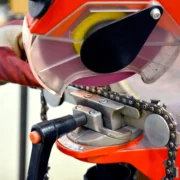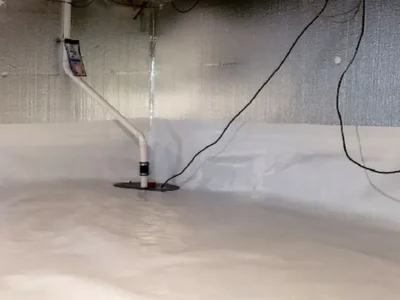All construction projects, including renovations, are undoubtedly expensive. While some home remodeling projects may cost a few thousand dollars, commercial projects may cost millions of dollars. If you are seeking financial aid for your new construction project, below are some things you should know about construction lenders.
Who are construction lenders?
As the name suggests, construction lenders are credit unions or banks that provide financial support in the form of loans to help project owners complete their construction or renovation projects. Interestingly, different lenders specialize in different construction projects, including new homes, residential projects, and commercial projects. Common lenders include the Bank of America and Wells Fargo, among others.
How does construction lending work?
The partnership between the project developer and lender begins when the developer approaches the lender for financial support. The type of financing sought by property developers is determined by the purpose and complexity of the construction project. For instance, lenders often provide typical construction loans if developers are constructing properties for sale. On the other hand, if the construction projects are to be rented out, the lender will provide a construction loan and a permanent loan, otherwise known as a mortgage loan, to the developer.
Who can apply for construction loans?
Anyone with land can apply for construction loans, including individual homeowners, small business owners, and contractors who want to start a construction business. In this case, the equity in your land will be used as a down payment for the construction loan.
As mentioned, a construction loan can be turned into a mortgage loan. This can be done after the project has been completed, usually within one year. The borrower is allowed to refinance the construction loan into a permanent mortgage. Alternatively, borrowers can apply for a new loan (or end loan) to pay off any pending construction loan.
What is a lender inspection?
You should stick to several specific processes if a lender finances your project. To ensure this, lenders often conduct regular site inspections. A construction draw inspection is typically a site inspection done by neutral third parties, such as Northwest Construction Control, to evaluate the construction project’s progress.
As mentioned, lender inspection is performed by professional construction inspectors hired by the construction fund Control Company or the bank.
What do construction inspectors expect during the inspection?
Before looking at the intrigues of inspection, some lenders may request inspection even before approving the property for construction lending. Therefore, property owners should be ready for any eventuality. Once the lender orders for a draw inspection, the inspector will schedule a site visit with contractors or subcontractors as soon as possible.
Among many things, the inspector will inquire about the general progress of the project and potential delays. They will also take photo evidence of the progress and construction supplies on site. The inspector will then file a report with photo documentation for the lending bank to review.
Note that the lender may request several other subsequent inspections for various reasons. During the second inspection, inspectors typically review the general progress of the project, the security status of the site, and materials on site. Reports filed from subsequent inspections will help the lender to compare work progress over time and other findings.
The inspector also evaluates the work at the site versus the amount billed. Note that most lender projects are billed as a percentage of the complete project. If there are significant discrepancies, the inspector should notify the general contractor before informing the bank. For sophisticated construction projects, especially commercial building, draw inspectors also must verify permits, insurance, zoning, taxes and licences.
Are there lender requirements for general contractors and subcontractors?
General contractors and subcontractors working on financed projects should be ready to undergo rigorous processes, including submitting frequent reports and completing paperwork throughout the project. GCs should document all phases of the project, including before starting, during construction, and after completion. This is important because payments are directly tied to these reports.
However, even before the project begins, general contractors should prove to the lender that they can handle the job. This includes providing a comprehensive resume, highlighting your previous projects, experience in working on similar projects, and proving that you have enough labor force. General contractors should also show that they comply with modern technologies, such as Formwork systems, as they simplify and shorten the construction period.
General contractors should also provide their financial records and proposed subcontractors for evaluation by the lender. Most lenders will request contractors for a list of their subcontractors for verification before they start the project. Both the lender and the contractor should collaborate during the project until the notice of completion is approved.
Endnote
While construction lenders provide much-needed financial support, project developers, contractors, and subcontractors should adhere to various processes for successful project completion. This guide highlights some important aspects of construction financing.










Comments